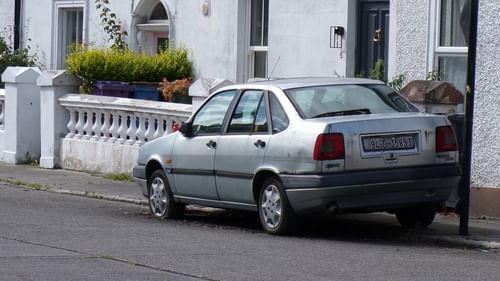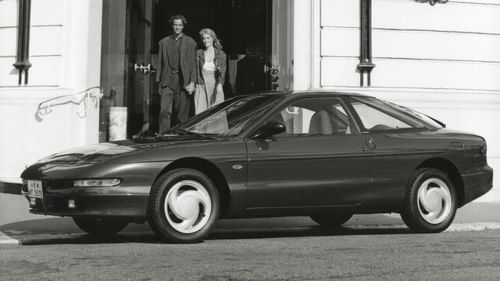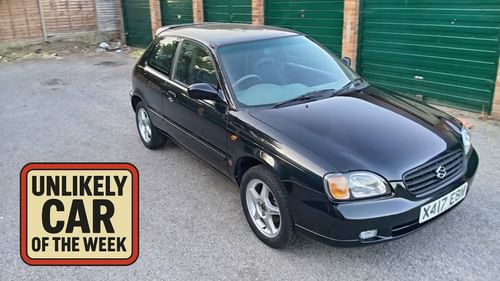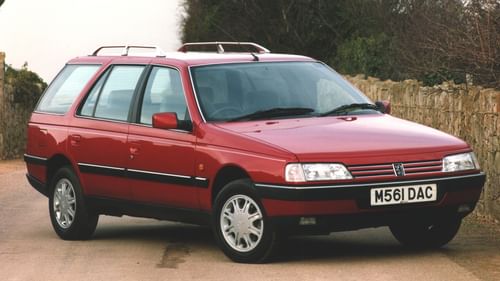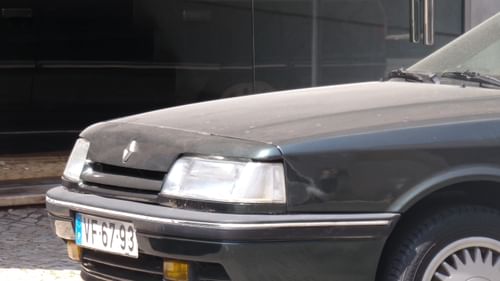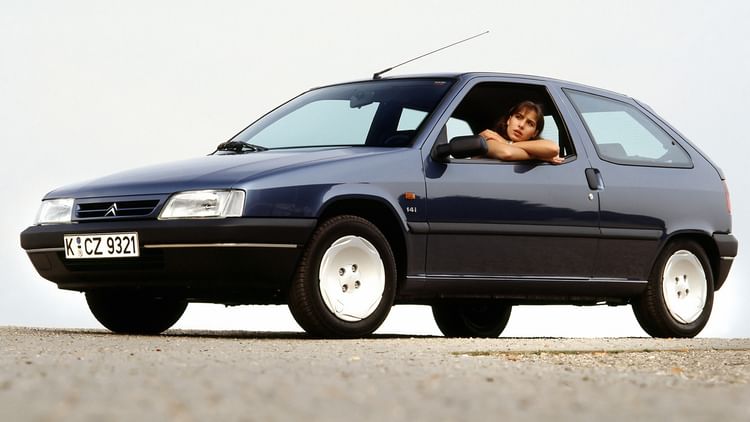
It isn’t the best car to wear a Citroën badge. The ZX wouldn’t make a list of the top 20 Citroëns or the most significant cars of the 1990s. To many Citroënistes, the ZX is a car to brush under the carpet and erase from the family tree. Not fit to wear the badge. A blot on the landscape.
This is terribly unfair. While the Citroën ZX doesn’t boast hydropneumatic suspension, avant-garde styling or an eccentric dashboard, its cleverness – possibly even ingenuity – lies in a deep understanding of the target audience. Citroën was aware that A to B motorists in the market for a Ford Escort, Vauxhall Astra or Volkswagen Golf wouldn’t be turned on by a second coming of the GS/GSA. It wasn’t in the business of building a car to make classic car fans of 2024 go weak at the knees; it needed to put bums on seats in 1991. The potential was huge. Sales of the Renault 19 and Peugeot 309 accounted for a hefty 50 percent of the Escort-size market in France, while one in three cars sold in the UK were from the same class. As Citroën revealed in a pie chart, the segment was hardly overflowing with technical innovation. Rolling into town with something niche would be like turning up at a wake dressed as Krusty the Clown. No gags about crusty arches, please.
The Citroën ZX debuted in France on 16 March 1991, and in export markets from 15 May, not so much as a car, but as a collection. Quite literally, because Citroën launched it as the ZX Collection. Banishing the trim level hierarchy, Citroën created four model lines, each one designed for a different customer. Reflex for the young, often women; Avantage for families; Aura for the older man; Volcane for the young and upwardly mobile. ‘With the Reflex and Volcane the Citroën ZX will satisfy customers driven primarily by image and appearance considerations, whilst with the Avantage and Aura, the Citroën ZX will appeal to buyers who are primarily motivated by practical and functional considerations,’ said Pierre Boisjoly, managing director of Citroën UK. Ditching the range hierarchy went only so far; there was a £4000 difference between the cheapest Reflex and the priciest Volcane. Let’s hope those yuppies survived the ’80s with their wallets intact.
The styling was plain, bordering on dumpy, but it disguised thoroughly good underpinnings. Jeremy Clarkson labelled it ‘probably the best chassis you can get in a small car‘, before praising the ‘faultless’ suspension. Writing for CAR, Colin Goodwin claimed there was ‘no car in the ZX’s class that can beat it for ride and handling’. The fact that he was writing about the entry-level Reflex tells you everything you need to know about the brilliance of the Volcane and ZX 16v versions. Let’s remember that the Volcane TD was one of the early pioneers of the diesel hot hatch. Let’s also remember that the standard diesel versions were the go-to cars for penny-pinching motorists on a budget.
There isn’t enough space on this page to run through the car’s many virtues. Its place at the back of the mag is a like a metaphor to its position in the classic car world. Unloved by Citroën purists, underappreciated by the masses, and at real risk of going under. Production topped 2.1 million, so Citroën’s decision to go mainstream was as much a piece of clever thinking as the reasons that made the GS such a formidable family car. The Citroën ZX is a classic, you just don’t know it yet.
This article first appeared in issue 2 of Classic.Retro.Modern. magazine.
